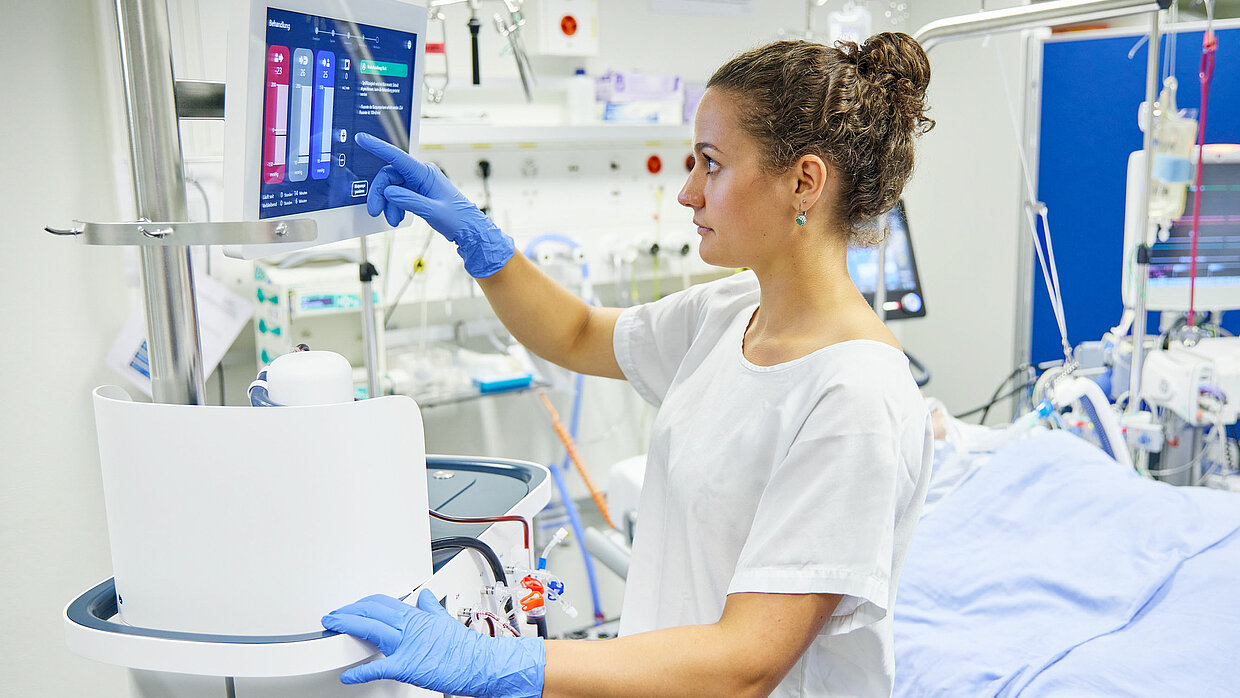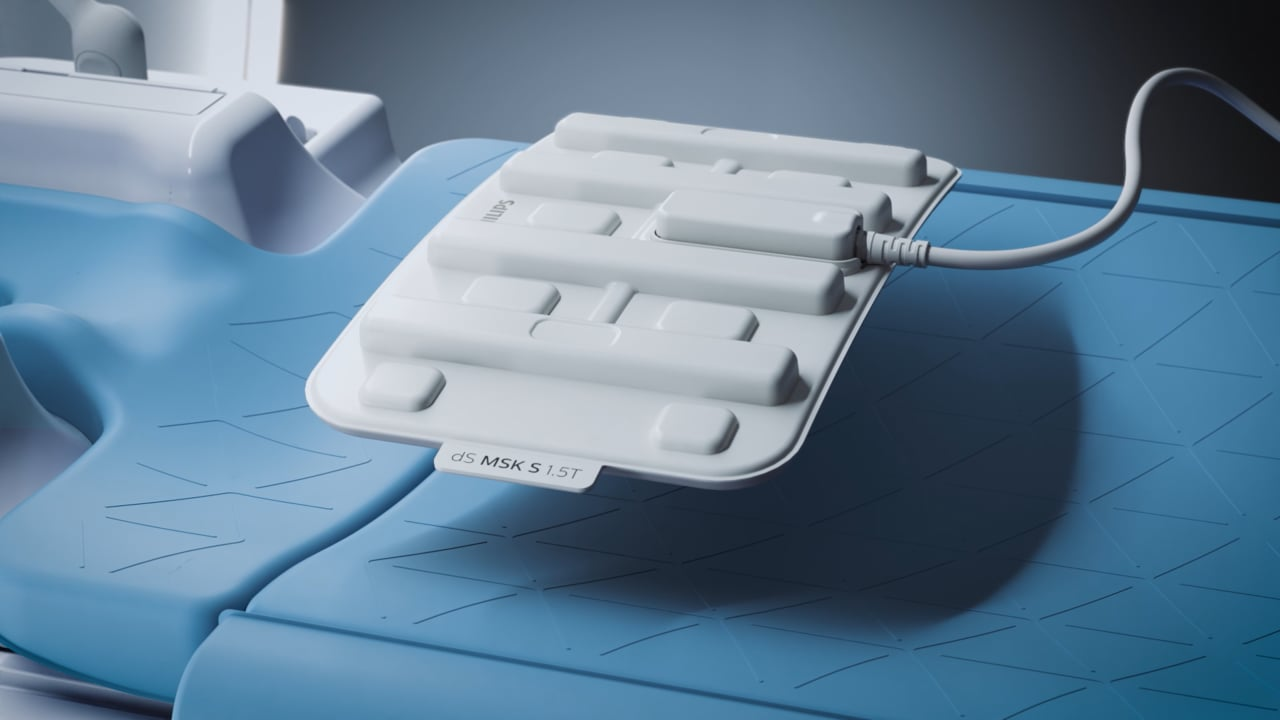
Red Dot Award: Design Concept 2022

“User experience” and “user-centered design” are terms that perhaps play a more central role in no other field than in medical design. The human being at the centre of product development here can be either the patient or the medical staff. In the case of the MR5300 MRI scanner from Philips, it is both user groups.
The MR5300 1.5T MRI scanner is a smart, connected and sustainable diagnostic solution that is designed to simplify and automate complex clinical and operational tasks, while offering an industry-unique answer to minimising the use of helium. The system is targeted towards small hospitals that need to be versatile in their MR diagnostic offering and accommodate a large variety of patients condition at low cost. Through detailed workflow analysis and iterative prototyping and user testing, all clinical scenarios were taken into account and ergonomics and usability of the solution continuously were improved.
The final product enables a fast and easy workflow focused on simplifying the patient set up through, on screen interactive coil guidance, flexible and lightweight coils and a cable management solution. In addition to using smart technologies that drastically reduce scan times, great emphasis was also placed on the user experience throughout the examination procedure. The large 70-cm opening of the bore, the atmospheric ambient light and the wide reclining surface of the examination table establish trust in the technology from the outset.
“The design concept behind the Philips MR5300 combines state-of-the-art technology and outstanding comfort with a consistent emphasis on user well-being”, said the jury of the Red Dot Award: Product Design 2022 who awarded a Red Dot: Best of the Best.

According to Sean Carney, Chief Experience Design Officer at Philips, the success of design hinges on designers being willing and able to put themselves in the often-difficult situations of their target group. The key concept here is empathic design. It stems from an article about “Empathy and Design” that Sean Carney read in the Harvard Business Review back in the 1990s. Looking back, he summarises it as follows: “The idea is that you have people with problems, and then you have people who can fix problems. Wouldn’t it be great if we could simply put these people together?” When designers and engineers get the chance to tackle the often-complex problems and challenges facing patients, doctors, nurses and hospital staff, they intuitively start to develop solutions that are focused on meeting the needs of these people. “As a team working in the health tech domain, it’s about making a difference and having a positive impact on everyday life for people,” explains Sean Carney. For him, this motivation is key
The focus is no longer on the individual product. Instead, it is on the patient and user experience which is enabled through integrated solutions made up of hardware, software and services, which often also includes designing the environment in which these solutions will sit, all of which are informed, inspired and enabled by data.
Red Dot spoke to Florian Boulanger, Gary Sung, Floria Wang and Wenzhu Zou, the design team behind the MR5300:
What makes your products stand out?
In addition to the classic integrated, friendly and professional appearance, Philips products follow a consistent, unique logic that intuitively guides the user in their workflow. Take MR for example; all elements are designed to streamline workflows, optimize diagnostic quality, and improve patient comfort.
What potential do you believe design will have in the future?
Design will and should continue to bridge the gap between cutting-edge innovation and human interaction. Design has the ability to help businesses understand both the functional and emotional needs of their customers and users. We want to make our user’s job easier and, ideally, put them in a good mood at work. It makes us proud that we can make a positive difference to the world.
What trends and developments are you currently observing in your sector?
So far, most medical devices were designed mainly for Western populations. Hardware dimensions were defined based on Western anthropometrics; software was written only in English. There is an evident trend that China is becoming one of the largest health technology markets in the world. Philips foresees the fast-growing need for design to embrace various cultures and user needs. We want to extend the reach of our innovation to improve the health and well-being of people across all cultures and populations.